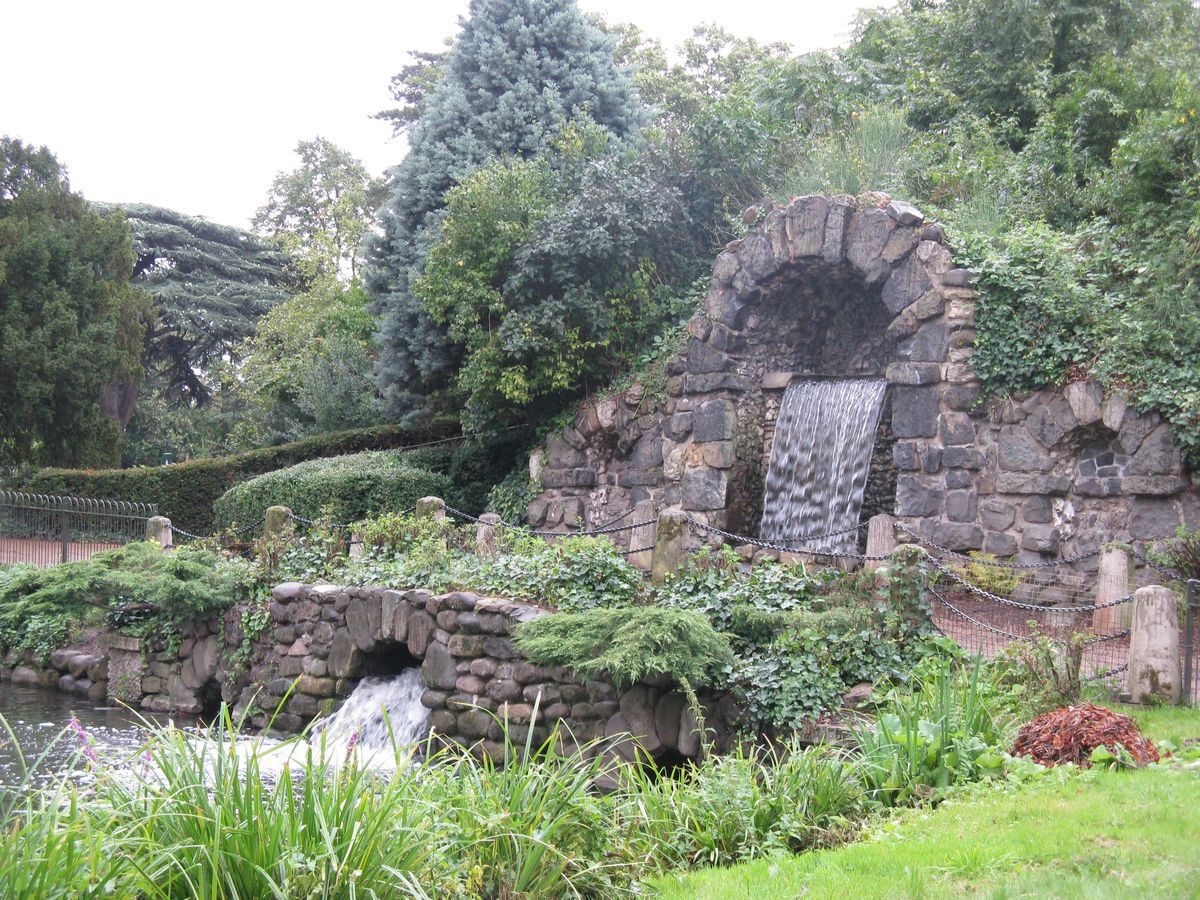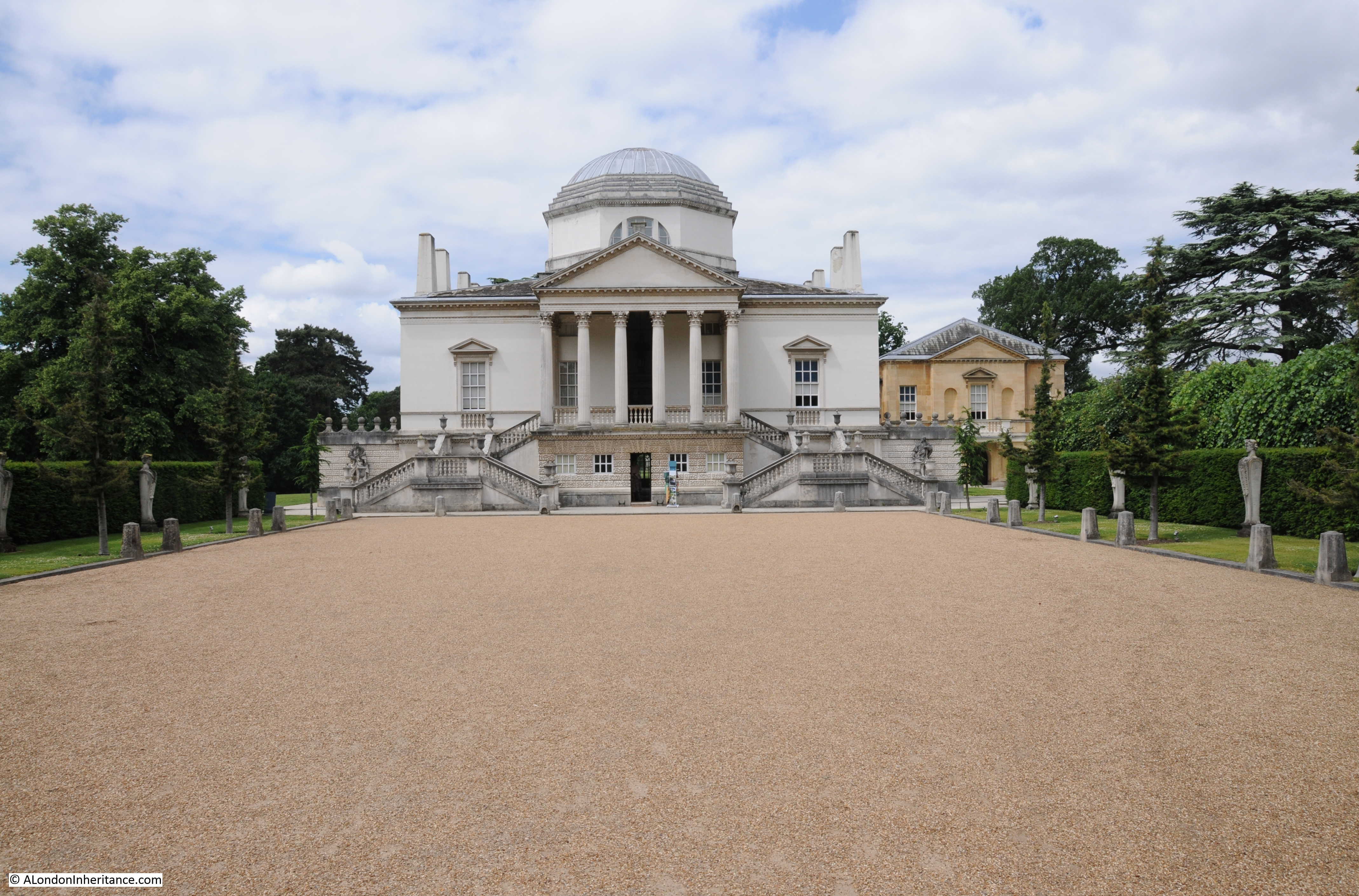Table Of Content

The 15th Chiswick Book Festival launches with an ‘in conversation’ event between acclaimed garden writer and broadcaster Alan Titchmarsh and Rosie Fyles, Head of Gardens on Thursday 7 September. Located in front of the Ionic Temple is a tomb where Lilly the dog is buried. Chiswick House is open from Thursday to Sunday 11am to 4pm until 1 October. Entry to the house is £8.50 (adult) or £11 with combined entry to the Kitchen Garden.
London's best home renovations 2024
Bizzy Buddies Easter Activity Camp – Chiswick House - The Chiswick Calendar
Bizzy Buddies Easter Activity Camp – Chiswick House.
Posted: Mon, 25 Mar 2024 07:00:00 GMT [source]
Possibly the oldest part of the complex, it was designed around 1715 by either Lord Burlington, Colin Campbell or James Gibbs, who also designed the ‘Pagan Temple’(or 'Heathen' Temple) in the gardens. James Gibbs was sacked by Lord Burlington on the advice of his architectural rival, Colen Campbell.[34] Campbell subsequently took over Gibbs' architectural projects at Chiswick and Burlington House. After the 6th Duke’s death in 1858 Chiswick was mostly let to tenants, some grand or very grand.
Kitchen Garden
Chiswick's Local Web site - Chiswick W4
Chiswick's Local Web site.
Posted: Fri, 26 Jan 2024 08:00:00 GMT [source]
This extraordinary woman worked in marketing and ditched in all in for a career in gardening. Rosie is breathing new life into the corners of the gardens, clearing vistas which had long become overgrown, and she has all sorts of exciting plans for the future. The 6th Duke of Devonshire, known as “The Bachelor Duke” had quite an exotic menagerie of animals in the grounds of Chiswick House. These included monkeys, elks, emews, kangaroos and a celebrity Indian elephant named Sadi. Sadi was famous for opening a bottle with her trunk and for sweeping with a broom. She had her own paddock and a well-ventilated large house in which to live.
Redfin Selling Options
Chiswick also led the way in promoting the use of ornamental garden buildings to help structure a layout. This was key to the evolution of the distinctive English landscape garden, which in time was to sweep the Continent. The villa’s interiors were at least in part decorated by Burlington’s protégé and collaborator, the painter, architect and garden designer William Kent. However, it is now thought that his main contribution was the design of several items of furniture and the painting of ceilings, such as the Blue Velvet Room and Red Velvet Room. Who was responsible for the rest of the interiors remains a subject for debate. But his passion for architecture seems to have been fired by the publication in 1715 of two books.
The gardens at Chiswick were originally of a standard Jacobean design, but from the 1720s they were in a constant state of transition. Burlington and Kent experimented with new designs, incorporating such diverse elements as mock fortifications, a Ha-ha, classical fabriques, statues, groves, faux Egyptian objects, bowling greens, winding walks, cascades and water features. The Summer Parlour was the most important room on the ground floor of the Villa.

National Art Pass offers available at Chiswick House & Gardens
The ceiling painting includes owl motifs which were part of her family crest, clearly marking the room as her space. Terminating one end of the ha-ha stands a Deer House designed by Burlington. A second Deer House once stood at the opposite end of the ha-ha until replaced by Inigo Jones' gateway in 1738.
Burlington's use of Roman sources can be viewed in the steep-pitched dome of the villa which is derived from the Pantheon in Rome. As early as spring 1716 Burlington began to remodel the gardens at Chiswick by creating a patte d’oie or goose foot – an arrangement of three radiating avenues. His innovation here was to terminate each avenue with an ornamental building, one of which he designed himself. He also built the Summer Parlour, originally a free-standing pavilion to the north of the old house. The main building is square, with an imposing six-column portico approached by an elaborately dividing external staircase.
Chiswick Villa is built of brick and its façade fronted with Portland stone with a small amount of stucco. After the earl’s death in 1753, the estate passed to the Dukes of Devonshire by marriage – Burlington’s daughter Charlotte married the 4th Duke of Devonshire. In 1788, their son the 5th Duke decided to demolish the old Jacobean manor house, which once stood on the site, and make a proper mansion of the villa by adding substantial wings.
Villa building
In that same year the Italian Garden was laid out on the newly acquired grounds to a design by Lewis Kennedy. The conservatory adjoining the Italian Garden was completed in 1813, and at 96m was the longest at that time. A collection of camellias is housed in the conservatory, some of which have survived from 1828 to this day. Lord Burlington's garden at Chiswick was one of the first to include garden buildings and ancient statues to evoke the mood and appearance of ancient Rome. Soon, other English gardens such as Stourhead, Stowe, West Wycombe, Holkham, and Rousham followed suit, creating a type of garden which became known internationally as the English Landscape Garden. Lord Burlington's gardens at Chiswick had a number of these fabriques including the Ionic Temple, Bagnio, Pagan Temple, Rustic House, and two Deer Houses.
Daily updates on the latest design and architecture vacancies advertised on Dezeen Jobs. Sent every Thursday and featuring a selection of the best reader comments and most talked-about stories. "Whilst retaining the original bones and structure of the building, we've introduced new elements to create a modern and sustainable workplace that pays homage to Voysey's original design," said Dorrington head of development and regeneration Bruce Thompson.
Two Georgian trendsetters, the architect and designer William Kent and his friend and patron Richard Boyle, the third Earl of Burlington, created the House and Gardens between 1725 and about 1738. Influenced by their travels on the Grand Tour, they rejected the showy, Baroque style fashionable in England, in favour of a simpler, symmetrical design based on the classical architecture of Italy. Together they broke down the rigid formality of the early 18th-century garden to create a revolutionary, natural-looking landscape. Chiswick, the birthplace of the English Landscape Movement, went on to influence gardens from Blenheim Palace to New York’s Central Park. Such buildings were a key element in the later changes to the gardens, especially when William Kent became involved in reshaping them in the 1730s. At Chiswick, Burlington gave Kent the opportunity to showcase his garden design ideas, and it was probably the first place where he put his new ‘natural’ style into practice.
Such a variety of differing spatial forms, many derived from Palladio's reconstructions of ancient Roman buildings (such as the Baths of Diocletian) had never previously been seen in English architecture. Many of the most important rooms within Chiswick Villa were situated on the piano nobile (Upper Floor) and comprise eight rooms and a link building.[citation needed] The rooms on this level were either of the Composite or Corinthian order of architecture to illustrate their important status. This elegant early 18th-century villa was designed by the 3rd Earl of Burlington as an exquisite setting to showcase his art collections and entertain his friends.
The lavish interiors of the first floor, the ‘piano nobile’, were hung with richly coloured velvet. These wall coverings have been re-created in the Blue Velvet Room, Lord Burlington’s private study, which is hung with hand-woven blue silk velvet. Dogs need to be on a short lead in some areas including the Chiswick House Café, but they can be off the lead in most areas of the park.

The other holds his finger to his lips illustrating the need for silence. The Tukes described their patients’ symptoms in casebooks, which asylum owners were obliged by law to keep. Though medical diagnoses are rarely given, the symptoms recorded reveal that the patients were suffering from a wide range of conditions, including alcoholism, eating disorders, epilepsy and psychosis. Their treatment seems to have been humane, unlike the regime in many other asylums. Far from being restrained, the patients could roam freely around the gardens and were encouraged to go outside the asylum too. Better known as the ‘Bachelor Duke’, the 6th Duke made good use of Chiswick as a residence and base for entertaining, even keeping a menagerie of exotic animals there.
Built with white glazed bricks, painted Staffordshire blue bricks and Portland stone, the building has a striking facade that was carefully repaired to its "former glory". This included replacing the non-original windows with steel reproductions of the original frames. Burlington, armed with designs by 17th century architect Inigo Jones and his passion for all things Andrea Palladio from his travels in Italy, started building his own house in Chiswick in 1726. Chiswick House was designed as a show house and repository for the many objects Lord Burlington acquired during his Grand Tours.
It will be occupied by wallpaper company Sanderson Design Group, which originally commissioned the building as an extension to its main factory more than a century ago. In the 18th century, the velvet hangings would have been almost obscured by a huge number of paintings. Lord Burlington was one of 18th-century Britain’s greatest art collectors and his support of designers, artists and musicians earned him the title ‘Apollo of the Arts’, bestowed on him by the historian and writer Horace Walpole.

No comments:
Post a Comment